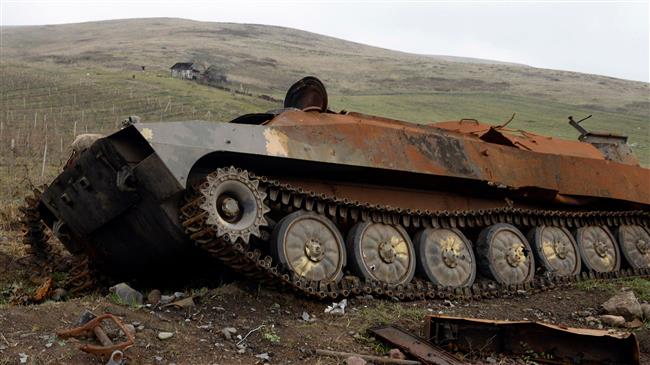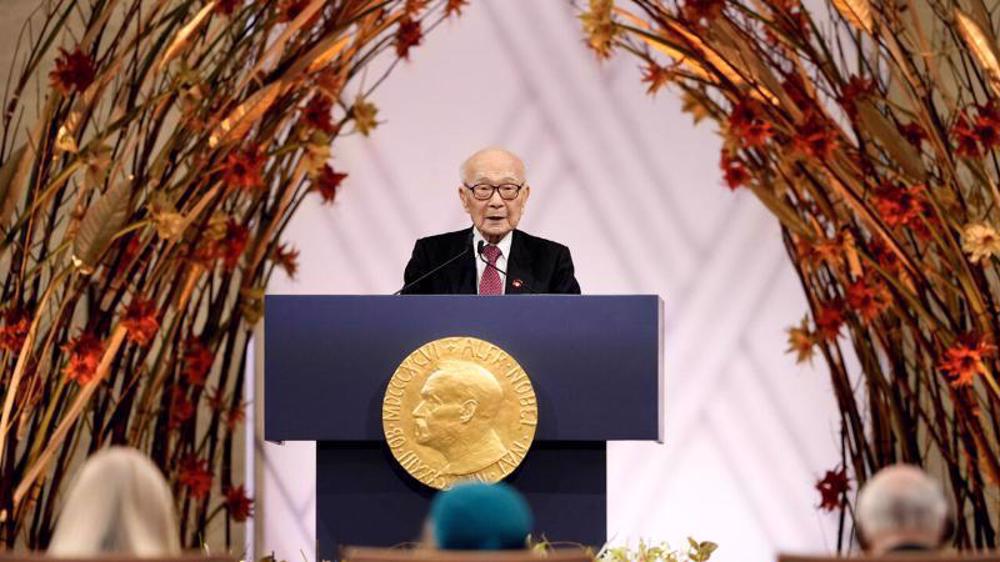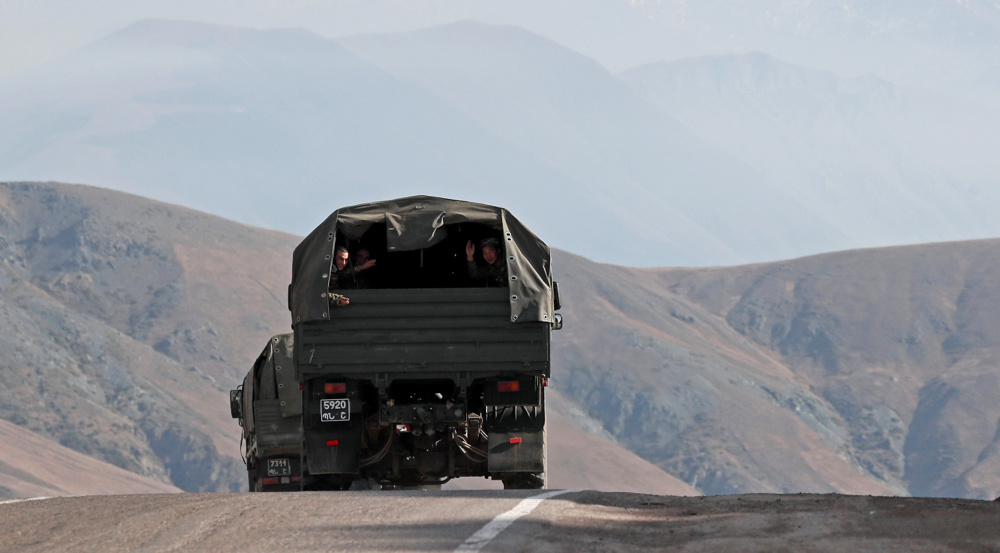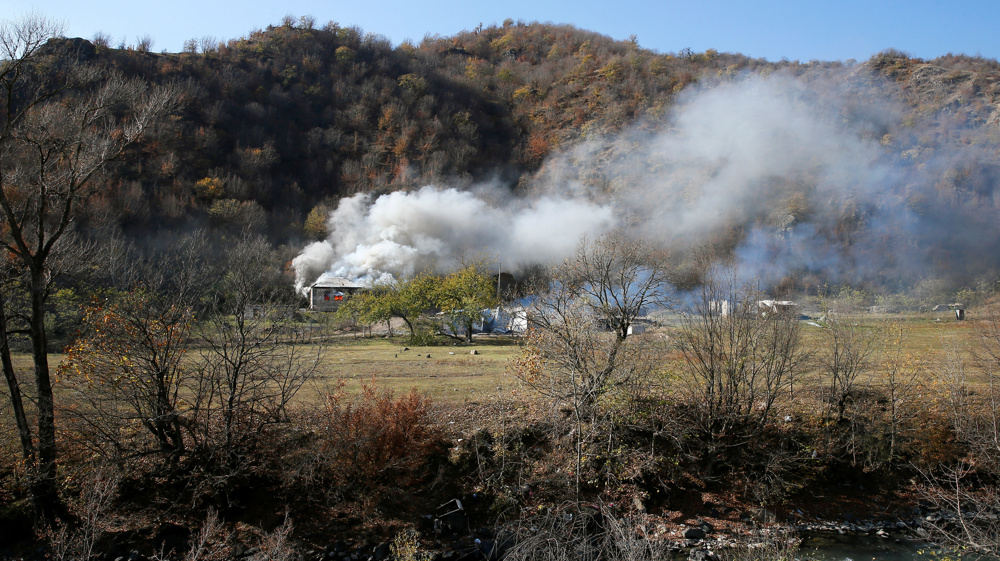Karabakh violation: Azerbaijan says 4 soldiers killed, threatens to 'destroy' Armenia
Azerbaijan says four of its servicemen have been killed in an attack by Armenian troops, in the first report of casualties since a Russian-brokered ceasefire accord ended a 44-day war last month.
The government said the attack, which also left two Azeri servicemen wounded, had taken place in Hadrut which Azerbaijan took back from Armenian occupation recently.
The casualties are the first since the war ended on Nov. 10, with Azerbaijan retaking all its territories outside Karabakh and some parts inside the currently Armenian-populated region.
Authorities in Armenia said six of their troops had sustained injuries in the attack, which the Armenian defense ministry claimed had been mounted by the Azerbaijani army.
Azerbaijani’s President Ilham Aliyev reacted to the claim by accusing Armenia of starting the new clashes in a bid to re-occupy Hadrut and threatened to counter Yerevan’s forces with an “iron fist.”
“Armenia shouldn’t try to start it all over again,” Aliyev said during a meeting with top diplomats from the United States and France in Baku.
“It must be very cautious and not plan any military action. This time, we will fully destroy them. It mustn’t be a secret to anyone.”
The Russian defense ministry, which has deployed peacekeepers to the region, confirmed the clashes. "One case of ceasefire violation was reported on 11 December in the Hadrut district,” it said.
A spokesman for the Russian peacekeeping forces confirmed “exchanges of fire with automatic weapons,” and told the Ria Novosti press agency that requests to respect the ceasefire had been sent to both warring sides.
Azerbaijan’s defense ministry announced later in the day that the ceasefire was being observed after “provocative actions” by Armenian forces.
"The Armenian side committed provocative actions in the liberated territories of Azerbaijan, which were accompanied by a violation of the ceasefire. The Armed Forces of Azerbaijan have taken adequate retaliatory measures. Currently, the ceasefire regime is being observed," the ministry said in a statement posted on its site.
Karabakh is internationally recognized as part of Azerbaijan, but it has been occupied by ethnic Armenian separatists backed by Armenia since 1992 when they broke from Azerbaijan in a war that killed some 30,000 people.
The conflict re-erupted in late September, becoming the worst fighting in the region in decades.
After six weeks of deadly fighting in and around Karabakh, Yerevan and Baku eventually agreed on November 9 to end hostilities under a Moscow-brokered deal that secured territorial advances for Azerbaijan in Karabakh and seven surrounding districts.
The agreement was signed after the Azerbaijani army overwhelmed Armenian forces and threatened to advance on Karabakh's main city of Khankendi which Armenians have renamed Stepanakert after a 19th-century Bolshevik militant.
As part of the ceasefire, nearly 2,000 Russian peacekeepers have stationed along the Lachin corridor in Azerbaijan, a 60-kilometer-long route that links Khankendi to Armenia.
The truce, which was warmly welcomed as a victory in Azerbaijan, has prompted anger in Armenia with protesters demanding the resignation of Prime Minister Nikol Pashinyan.
Pashinyan said he had no choice but to sign the agreement to prevent what he called “total collapse.”
Armenia’s National Security Service (NSS) announced last month that it had foiled an attempt by former officials to assassinate Pashinyan and to seize power following the contentious ceasefire deal.
VIDEO | Yemenis praise the military for its successful operations against Israel
VIDEO | Israel continues to bomb Gaza homes
VIDEO | An insider's view of the country: Meybod City in Yazd
‘All wars have rules. All of those rules have been broken’ by Israel
VIDEO | Report flags India’s violation of rights of Rohingya detainees
Turkey's foreign minister meets Syria's de facto leader in Damascus
VIDEO | US Syria plots
'Next to impossible' to rescue patients from Gaza's Kamal Adwan Hospital: Director




















 This makes it easy to access the Press TV website
This makes it easy to access the Press TV website